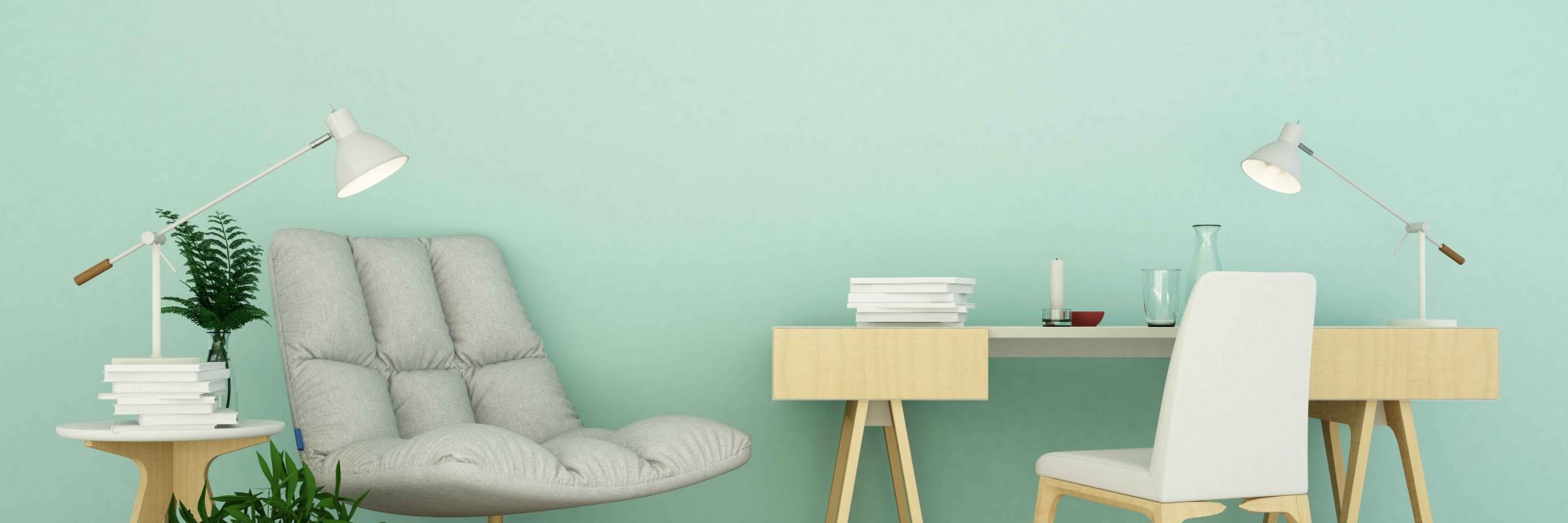Comprehending Seasonal Influences On Commercial Outside Paint: Necessary Understanding For Success
Comprehending Seasonal Influences On Commercial Outside Paint: Necessary Understanding For Success
Blog Article
Post Developed By-McLamb Decker
When you're intending a commercial exterior painting task, seasonal factors can make or damage your results. You'll want to think about exactly how temperature level and moisture effect paint application and drying times. Choosing the ideal season can guarantee your paint adheres appropriately and lasts longer. Yet which seasons are really the very best for this sort of job? Allow's check out the key elements that can impact your project's success.
The Effect of Temperature Level on Paint Application
When you're intending a commercial external paint job, the temperature can substantially affect exactly how well the paint adheres and dries.
Ideally, you intend to paint when temperature levels vary between 50 ° F and 85 ° F. If it's also chilly, the paint might not heal correctly, resulting in issues like peeling off or fracturing.
On the flip side, if it's as well warm, the paint can dry out as well promptly, preventing correct adhesion and leading to an unequal surface.
You must also think about the moment of day; morning or late afternoon offers cooler temperature levels, which can be a lot more positive.
Constantly check website link for the details paint you're using, as they often provide support on the suitable temperature array for optimum outcomes.
Moisture and Its Effect on Drying Times
Temperature isn't the only environmental factor that affects your industrial outside paint project; humidity plays a significant role as well. High humidity levels can decrease drying times dramatically, influencing the overall top quality of your paint job.
When the air is filled with wetness, the paint takes longer to heal, which can lead to concerns like bad attachment and a greater danger of mold development. If https://www.artnews.com/art-news/news/wall-paint-color-quarantine-1234574643/ on a specifically humid day, be gotten ready for prolonged delay times between coats.
It's vital to monitor local weather and plan accordingly. Ideally, go for moisture levels in between 40% and 70% for optimum drying.
Maintaining these factors in mind guarantees your project stays on track and supplies a long-term surface.
Best Seasons for Commercial Outside Paint Projects
What's the very best season for your industrial outside paint jobs?
Spring and early autumn are commonly your best choices. Throughout these seasons, temperatures are moderate, and moisture levels are usually reduced, producing perfect problems for paint application and drying.
Stay clear of summer's intense heat, which can trigger paint to completely dry also promptly, causing poor bond and surface. Likewise, winter's cool temperatures can hinder appropriate drying out and treating, taking the chance of the durability of your paint task.
Go for days with temperatures between 50 ° F and 85 ° F for optimum results. Keep in mind to check the neighborhood weather report for rain, as damp conditions can spoil your project.
Preparation around these variables ensures your painting job runs smoothly and lasts much longer.
Conclusion
In conclusion, planning your industrial external painting tasks around seasonal considerations can make a substantial difference in the result. By organizing work during the suitable temperature levels and humidity levels, you'll make certain better adhesion and drying times. Keep in mind to keep an eye on neighborhood weather prediction and choose the correct time of year-- spring and early fall are your best options. Taking https://dantekomfv.angelinsblog.com/34269509/exactly-how-to-select-a-legitimate-painting-professional-for-your-following-task will help you attain a durable and specialist surface that lasts.
